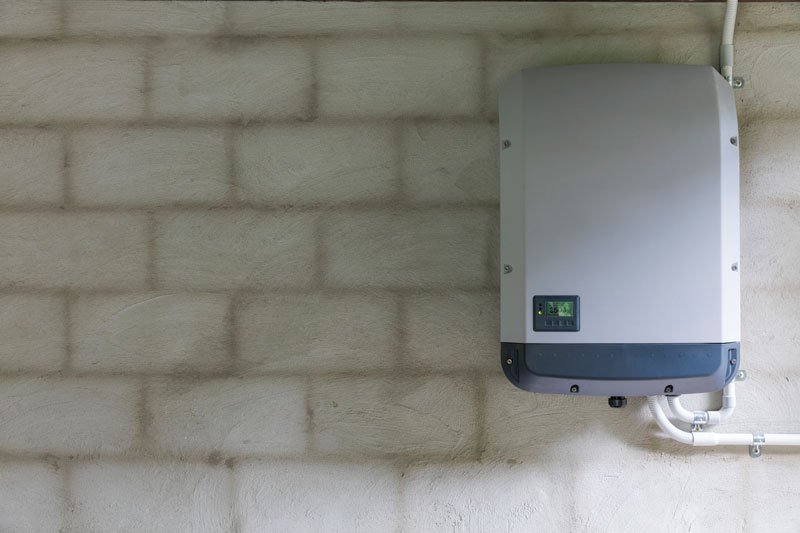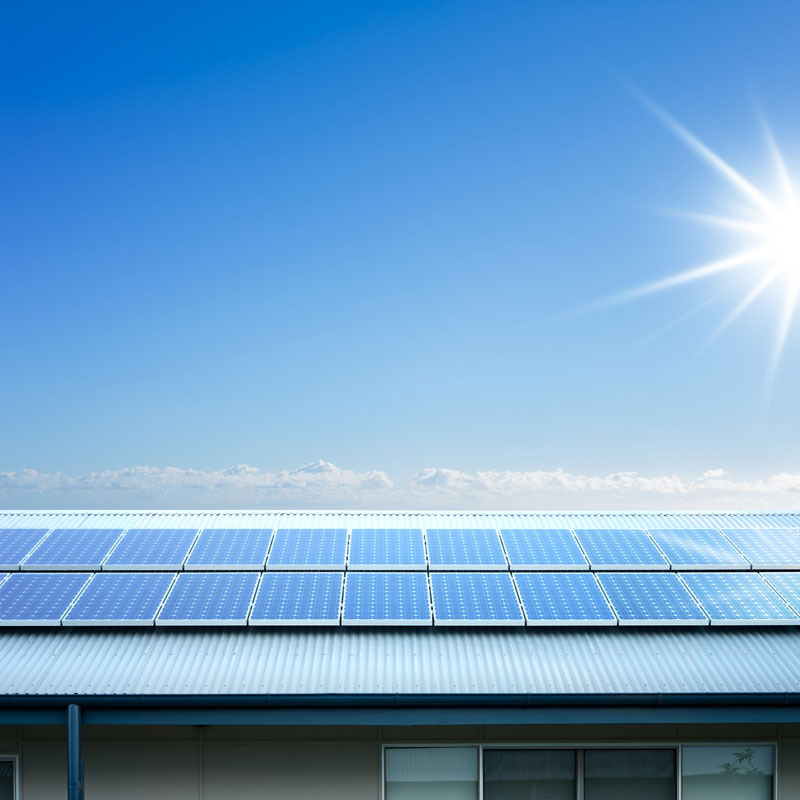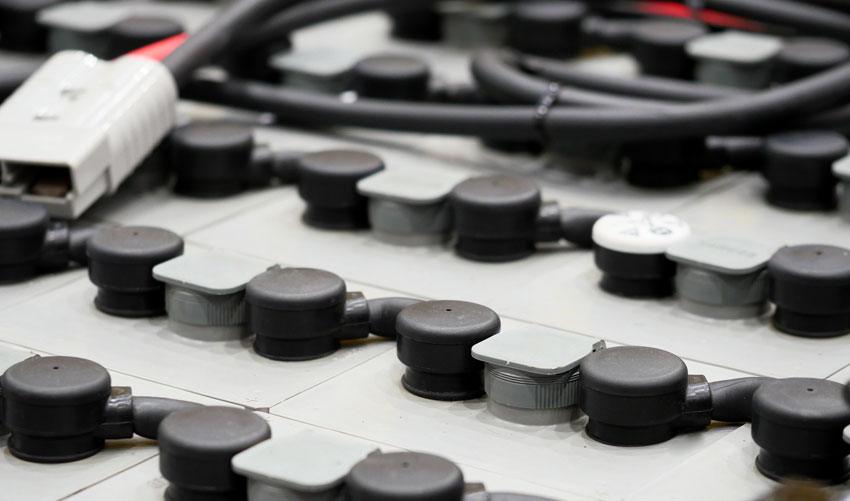Solar panels and the conductors of solar energy is a sight that most people throughout the United States have gotten used to seeing. Over the last two decades, solar energy has evolved into a system that can be incorporated into private homes and throughout large businesses.
While the solar industry still has a lot of growth left to expand upon, it is quickly taking over the energy sector. In 2019, the solar industry generated an $18 billion investment in the American economy. So, this is certainly a renewable energy source that will continue to expand as researchers progress with solar panel efficiency.
However, what is interesting is that while solar panels and the benefits they offer are readily talked about, the conversion process between converting solar energy into electricity is rarely a portion of the extensive discussion otherwise found on the topic of solar energy.
So, how is solar energy converted into electricity?
The idea of solar panels is simple: Convert the sun’s rays into energy which is used to power the world.
Simple as that sounds, the function of solar panels and how the energy that is collected is converted into electricity is a little more complex.
The average solar panel used for private homes is a 60-cell silicon photovoltaic panel. Every cell within the silicon photovoltaic panel works by allowing photons (particles of light) to knock electrons free from atoms. This generates the flow of electricity. When these cells are linked together, they create a usable amount of electricity.
These panels are usually 65 inches high by 39 inches wide. The average output of these panels is 320 watts. Since the average household uses between 900 and 1000 watts of power per month, the average household requires between 20 and 30 solar panels to completely switch to solar power.
Capturing the Current
Once the current is created, wiring connected to the solar panel collects the current and brings it down into the house.
After the current is created by the photovoltaic panels, the system works much the same as it would with a traditional electrical grid system. The wires bring the current into the house where it can be dispersed to power different portions of the house or building.
However, there is one glitch in the system and that is the difference in AC and DC currents.
AC Versus DC
The main issue with the conversion of solar energy into electricity is the difference in current.
Solar panels are Direct Current or DC systems. However, the vehicle through which we get electricity especially within the United States is Alternating Current or AC. Therefore, all of the plugs and outlets that are connected to American homes and appliances are created to align with the AC grid.
The grid infrastructure is Alternating Current or AC. The reason: it’s cheaper to run an AC system on a wide-scale.
Thus, when you are making the switch to solar panels unless you have built your home accordingly you are going to need a solar inverter to make the necessary transition from DC to AC power.
Using a Solar Inverter

A solar inverter is sometimes described as the brains of the operation. The solar inverter is what makes it possible for residential homes to utilize their solar panel system without completely reconfiguring their house.
Solar inverters take the DC input and convert it into an AC output. That way it is easy to utilize the generated power with the current grid-based AC infrastructure.
When it comes to the versatility of a solar inverter, it doesn’t matter whether the system is a 2-kW residential platform or a 5-MW utility power plant. They both are using a solar inverter to transition the power from DC to AC.
Supplying the Grid
After the energy from the solar panels is inverted into AC power, it can be utilized in a plethora of ways. This also means that solar panel generated power can be tied to the grid. This is useful because it ensures that even if the solar panels are somehow insufficient, the grid can take over. That way you won’t lose power.
However, this can also work the other way as some power companies allow you to supply the grid with your excess solar power. If you can work out a deal with one of these power companies, you might have the option to be paid for your excess solar power.
Communal Solar Panels
Solar panels can be expensive. Fortunately, there are many different ways to benefit from solar panels without having to shoulder the burden of the solar panel cost alone. If there is a common area that is conducive to solar panels, you and your neighbors have the option to share solar panels. This is called communal solar panels.
Through this system, you and the neighbors involved in the communal solar panel agreement all share the cost (and the benefits) of powering your home with solar panels.
The Issue with Saving Solar Energy

Solar energy is great for instantaneous power generation but amidst all the possibilities that converting solar energy into electricity offers, there is one glaring issue that the industry has yet to completely solve: There are only a limited number of methods for storing solar energy in mass quantities.
Yes, there are batteries where solar energy can be stored and used at will but when it comes to saving large quantities of solar energy, the solutions are few and far between. Plus, the limited number of solutions available are usually expensive.
Fortunately, as the solar industry continues to progress, this is an issue that is sure to be solved given the time. Hopefully, the answer to this important part of the solar picture comes sooner, rather than later.
In summation, it is important to know the ins and outs of how solar energy is converted to electricity. This helps you understand the dynamics of solar energy. The more you know about your system and the way it works, the easier it will be for you to take care of your solar panel system and troubleshoot any issues that might occur.




